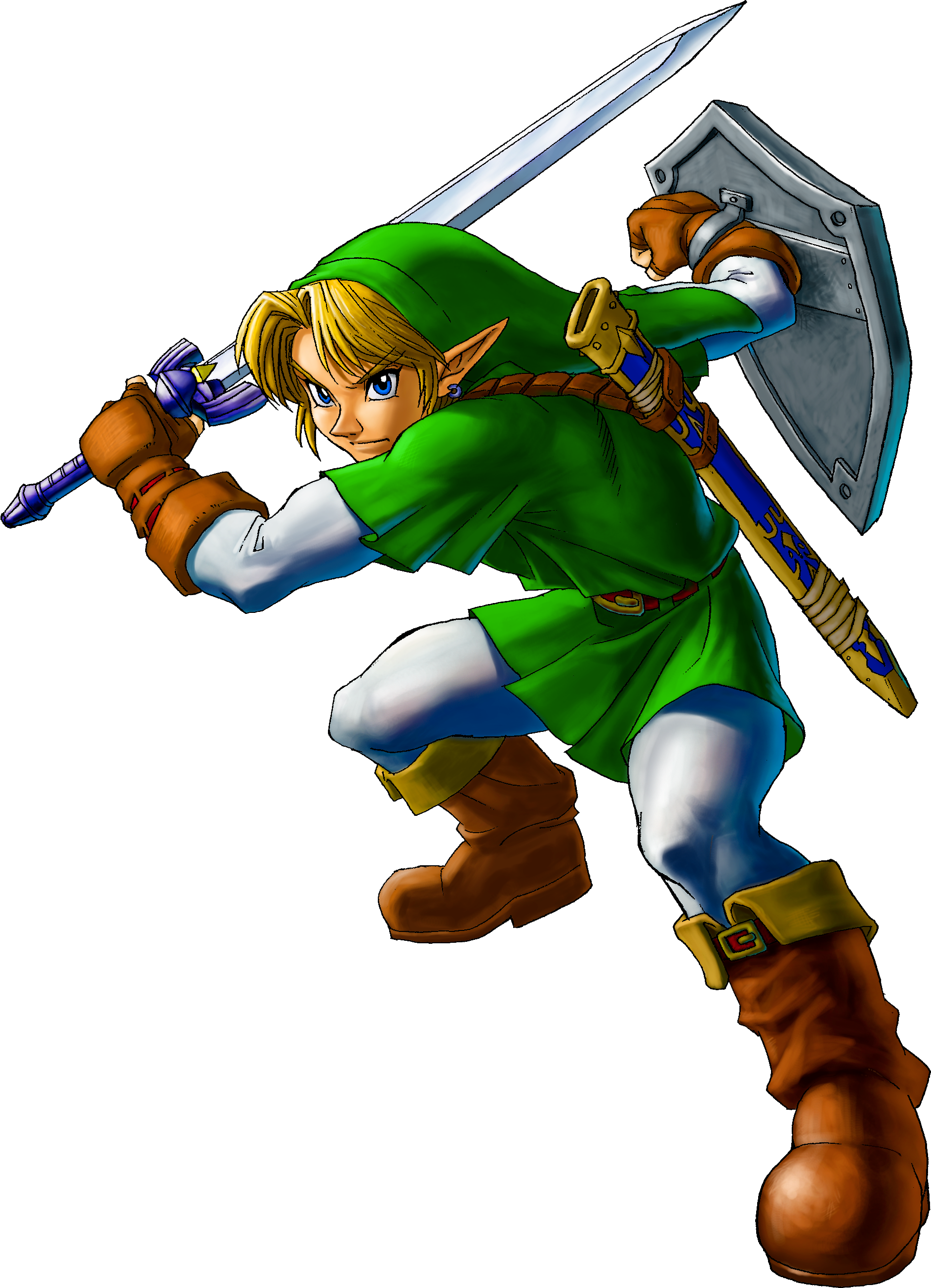
Zelda ocarina of time series#
That is the reason the base name for Link in the series is “Link,” because he is a literal link between the world of Hyrule and the player, according to series director Eiji Aonuma i.
-50.jpg)

His entire design is meant to emulate a blank slate for the player to project onto to increase immersion into the game. Link is an interesting character insofar that Link, often, has a very nebulously defined character. “The Legend of Zelda: Ocarina of Time” is Link’s story - a story about change and growth, for better or worse. Moreso than that, it’s not necessarily about the player growing up, but the story of a little boy without a fairy with a destiny etched in stone. Because that’s the beauty of Nintendo’s “Ocarina of Time:” it’s not just a game about childhood - it’s a game about growing up. It felt not so much like a game I had already played or an experience I had already undertaken, but of a screenshot of a state of being. Right up until the game pulls the rug out from under the player in one of the most jarring scenes of tonal dissonance I’ve ever had the pleasure of experiencing in a video game before. And yet, it still brought back feelings of remembrance, exploration, wonder.įrom the musical score to the gameplay mechanics to the very carefully designed world, the beginning portions of the game reeks of, well, childhood.

I personally only had the opportunity to experience what is considered one of the best games of all time a little over a year ago after significant prodding from friends - I had never played any of the “Zelda” titles until recently, and so I never had any childhood association with the series. There is something to be said about a game that is capable of invoking a feeling of nostalgia when you’ve never actually played it before. The Liminal Space Between Growing Up And Being Grown.


 0 kommentar(er)
0 kommentar(er)
